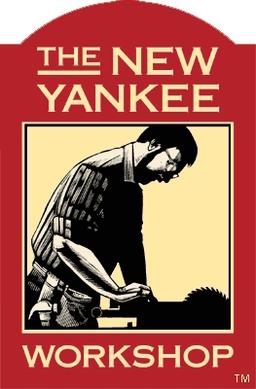

Sure, but you just said the same thing as I did. Do you think you can trust brands? Or that any company actually cares for their customers, as long as they can get away with it? Or at all, if the fines are smaller than the profits they gain from exploitation?
The solution is what you mentioned: independent testing (and systematic changes, but that is a whole other topic)














Unfortunately, you can’t just put plants everywhere. CO2 conversion is also highly dependent on light levels, which sufficient light levels not being achievable everywhere.
Office buildings with a large number of people meeting rooms etc.) could also benefit from monitoring.
Heck, even at home, I have a room that quickly accumulates CO2, easily reaching 2000ppm with just a single person being inside, which makes spending prolonged time in said room a tiring affair.
https://pmc.ncbi.nlm.nih.gov/articles/PMC11253968/
https://www.pjoes.com/pdf-68875-24089?filename=The+Influence+of+House.pdf
https://www.sciencedirect.com/science/article/pii/S2666790823000502